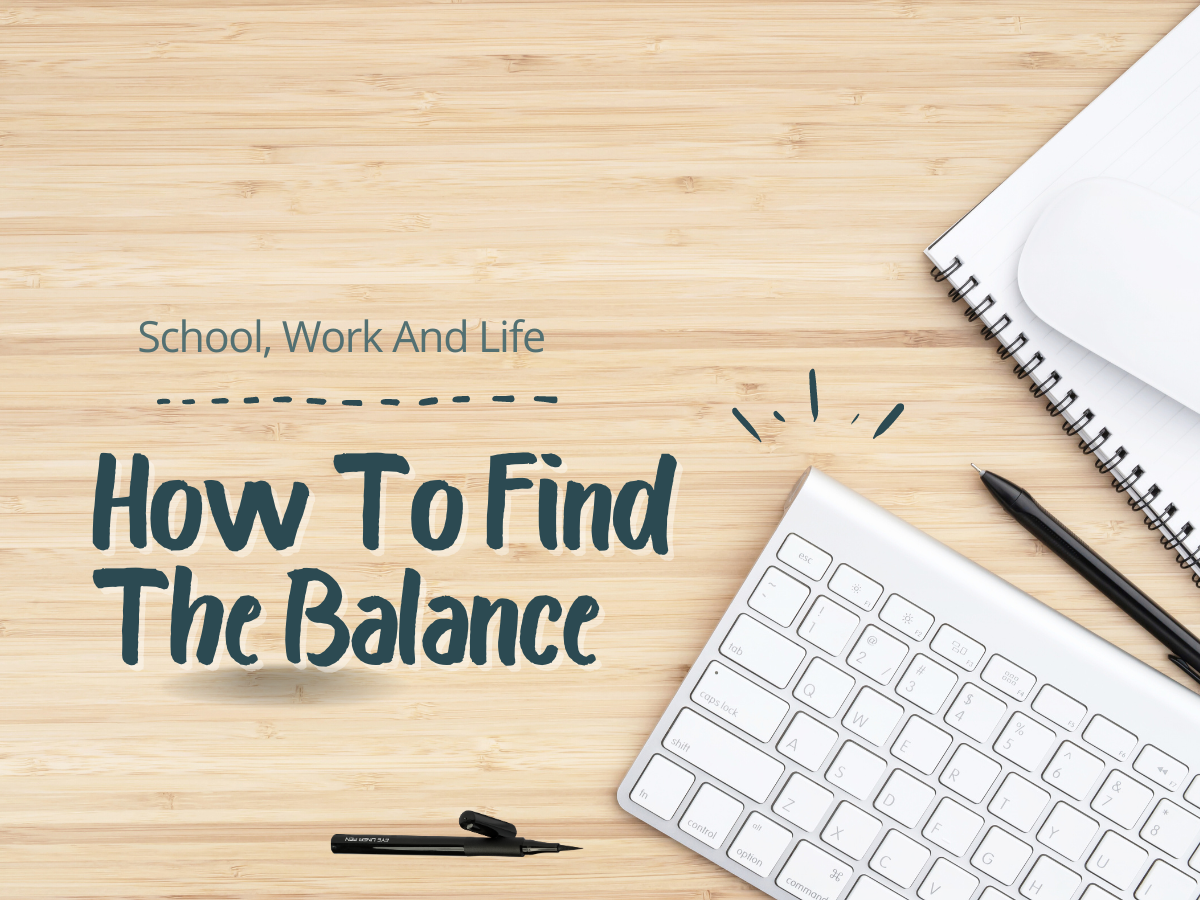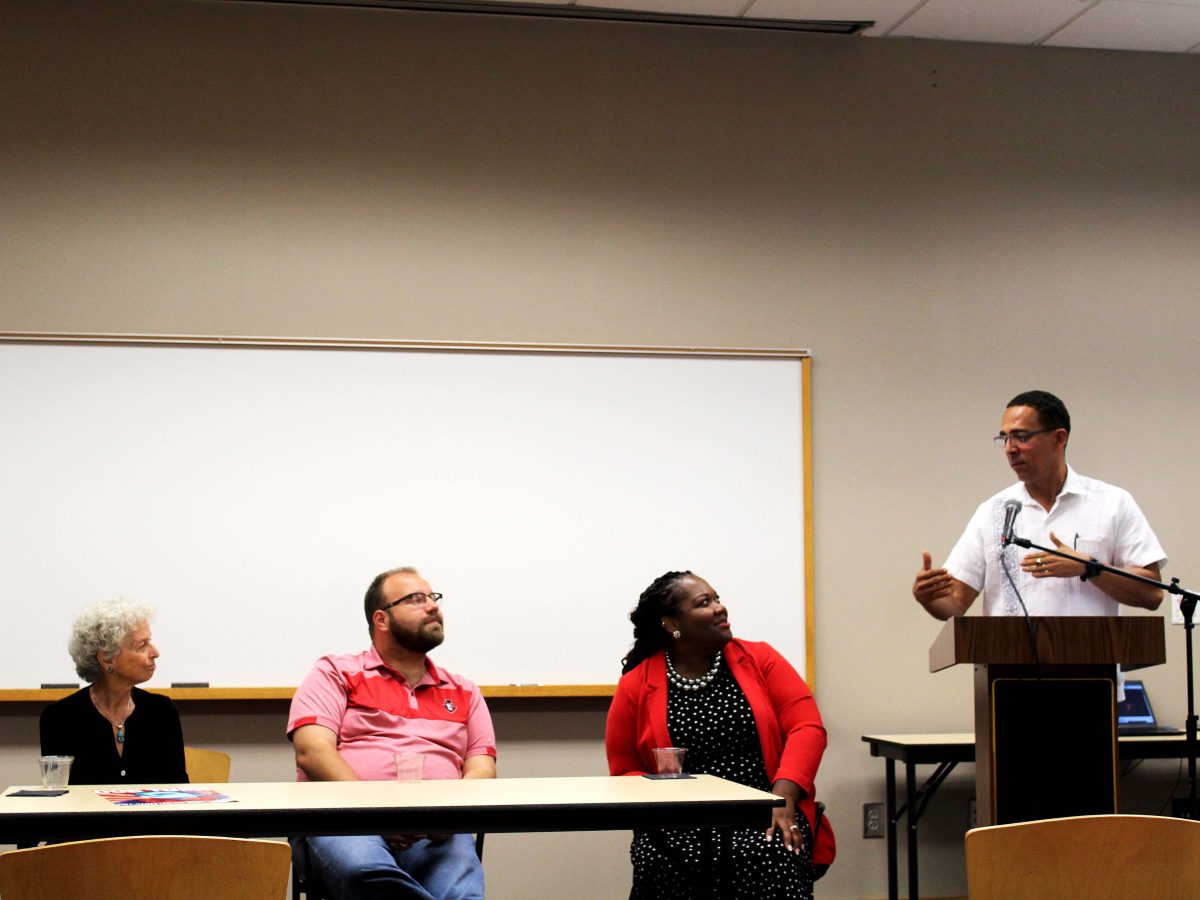Prisoners seeking higher education should be allowed the same opportunity as the many American college students who pay their tuition with help from the government through grants.
Without grant money, many students would not be able to attend college.
President Obama now plans to extend this favor to inmates wanting to partake in college courses while incarcerated.
Prior to a law made in 1994, inmates were given the same allowances as students to receive grants, non-repayable funds from the government to attend college.
The Pell Grant is awarded to students with low incomes, with a maximum award of $5,775. However, with more and more students enrolling in colleges each year, how thin will grants be spread out in order to compensate for those who are deemed less worthy?
More prisoners are incarcerated for drug charges than any other classification of crime. $15 billion dollars were spent on the War on Drugs in 2010, according to the Office of National Drug Control Policy, and at least another $25 billion was spent at the state and local level.
Government spending could be redirected if prisoners were taught other methods of making money and helping those with drug addictions before they get caught in the cycle of drugs and prison.
According to all4ed.org, “The nation could save as much as $18.5 billion in annual crime costs if the high school male graduation rate increased by only five percentage points.”
According to politico.com, “Prisoners who participate in correctional education programs are 43 percent less likely to return to prison and are also 13 percent more likely to have a job after finishing their sentence.”
Those who show interest in higher education should be allowed to apply and accept grants. Not only will higher education improve the quality of life for prisoners, but it will also help put taxpayer dollars to better use.
“The Obama administration has increased total federal aid available to students by more than $50 billion and increased tax benefits and credits by an additional $12 billion, part of a total of about $150 billion a year in grants and loans for higher education,” according to Politico. “More than two million additional students now receive Pell Grants, and the maximum Pell award has increased by more than $1000.”
The increase is more than enough money to go around, both to college students and prisoners. A pilot program will be available to inmates in Maryland as early as Fall 2016. During the program, extensive data will be measured to ensure the credibility of the program in the hopes to further it from state to state.
Many disagree with allotting inmates grants, such as New York Congressman Chris Collins (R). Collins said, “It will put the cost of a free college education for criminals on the backs of taxpayers.”
However, with a more educated population, less will have to be spent on maintaining prisons and inmates.
“When you go to prison you’re supposed to have a chance at rehabilitation to go back and live in society and lead a normal life,” said senior communications major Miranda Salters. “How can you do so if no one will treat you normally? The best rehabilitation is when you watch someone better themselves because of their past.”
This is exactly what President Obama is working toward, a nation of people who want to better themselves and the world we live in.





